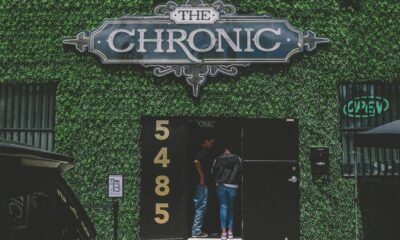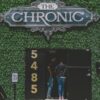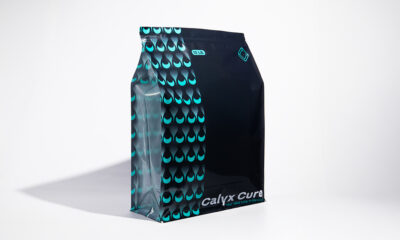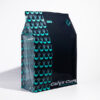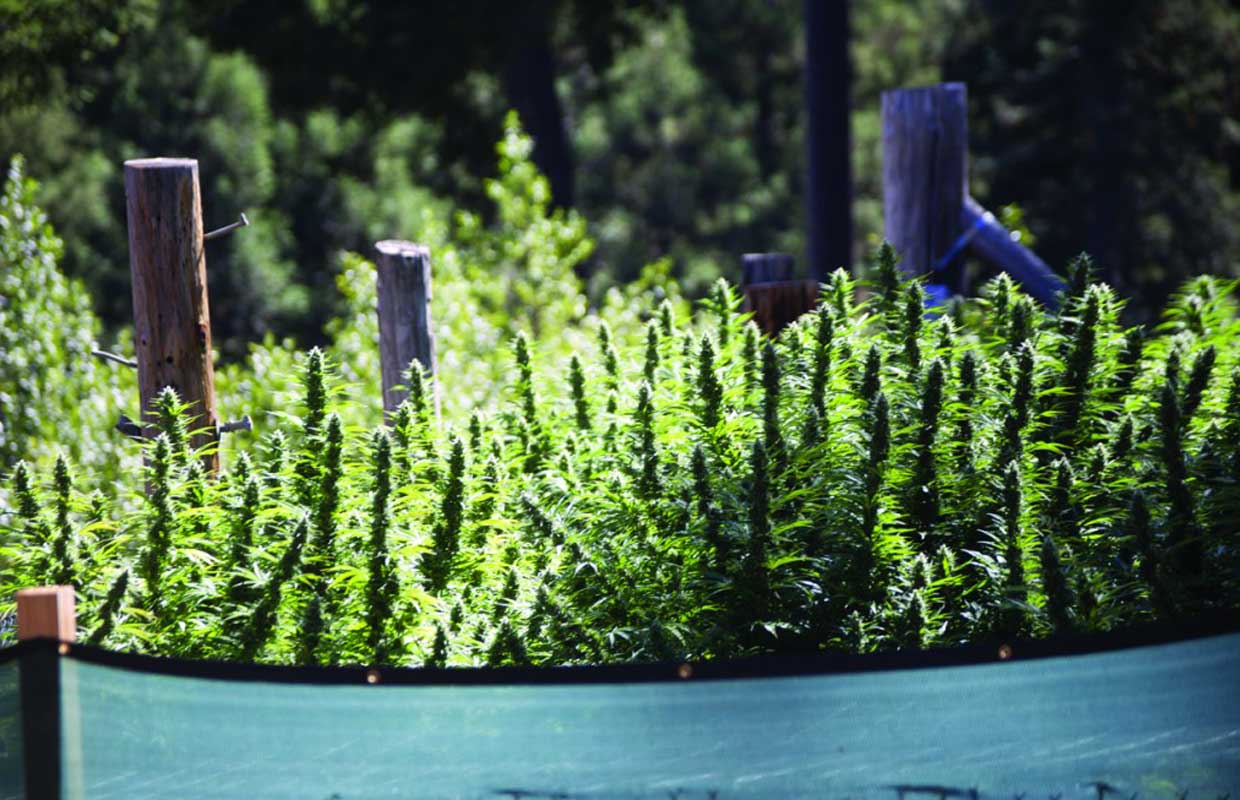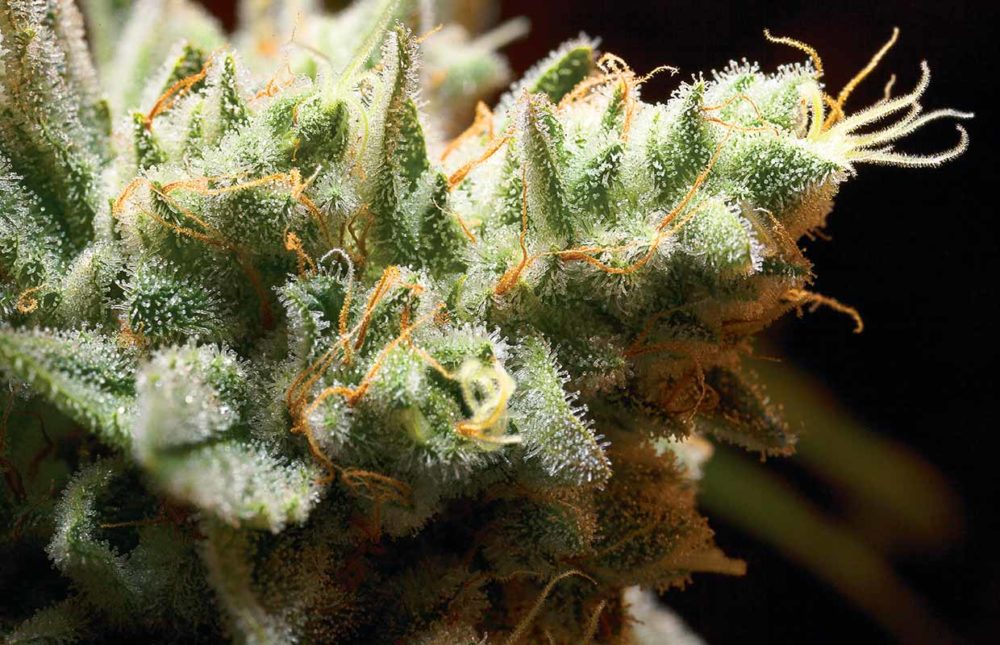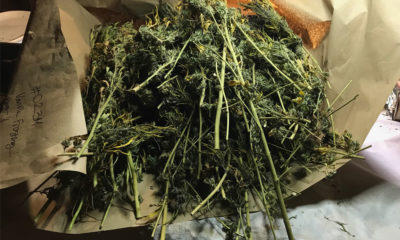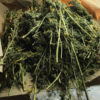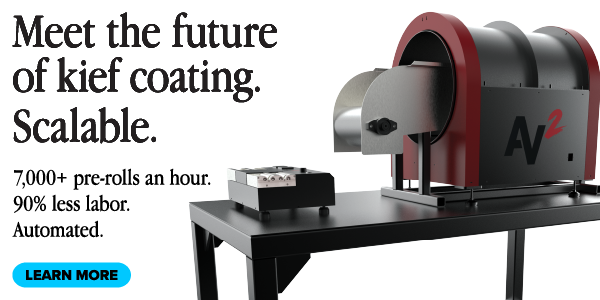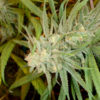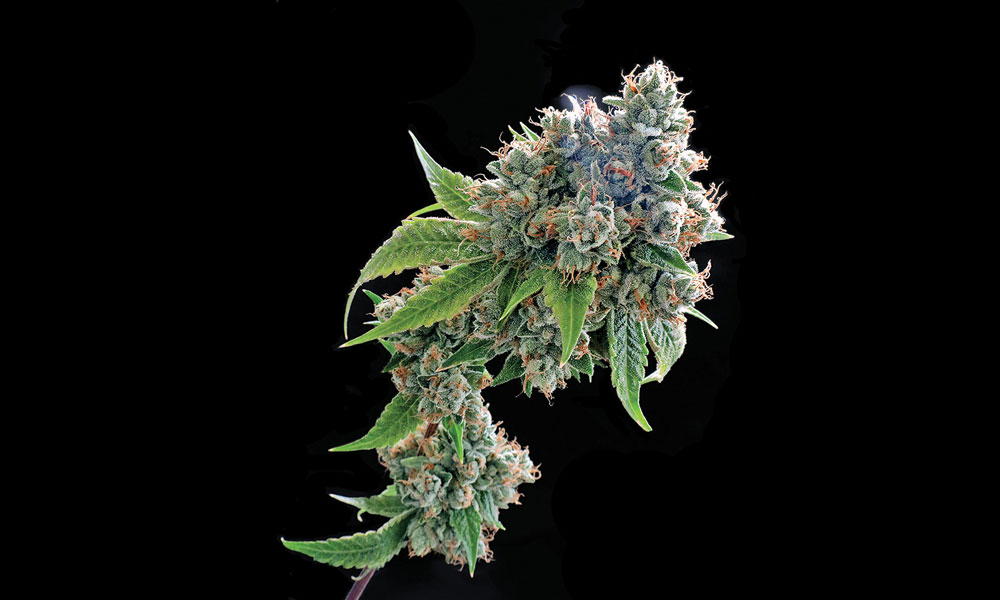
Cultivation
3C Farms: Maximizing the Entourage Effect
In-house breeding has been one of the secrets to success for this LA-based cultivator.
3C Farms has been providing SoCal with its classic homage to great OG Kush and a variety of other strains for essentially 20 years. After navigating the regulatory hurdles of 2018, 3C Farms now finds itself a top-shelf mainstay across the world’s largest cannabis market in Southern California after they expanded into tons of new storefronts. Backed by good genetics and a driven team, President of Sales and Director of Operations Waylon Broussard sat down with us to tell the full tale of 3C’s success.
Broussard got his earliest peek at the cannabis industry on a road trip through Northern California’s prime cultivation region in the Emerald Triangle with his dad. During this trip he smoked pot with his dad for the first time.
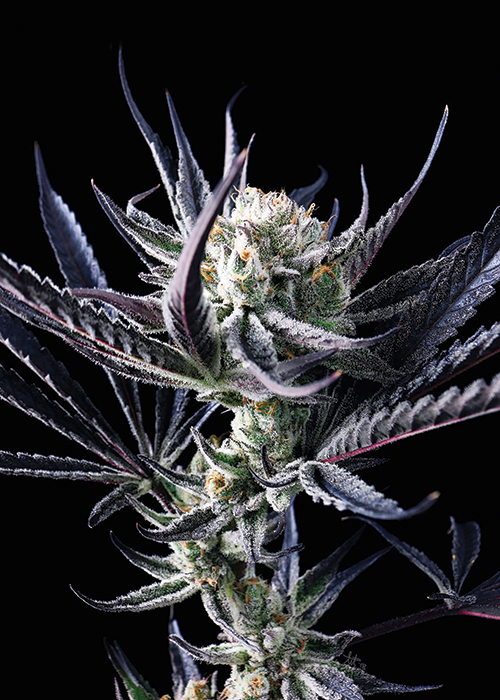
“That was the highest I’ve ever been,” said Broussard.
In 2006, Broussard opened Cali’s Finest Compassion Co-op with his cousin. At the same time, Bryan Schwartz founded 3C (Schwartz remains the master cultivator at 3C Farms to this day). In the decade prior to the 3C brand’s official founding with proper paperwork in 2014, the operation was essentially a medical effort.
From the beginning, solid genetics served as the core of 3C’s success — helped out by the fact that Schwartz’s cousin is Josh D of OG Kush fame.
“When Josh came back in 1996 from Florida, he brought the original OG strain over here, which is our Club 33 OG,” Broussard said. “He gave that to [Schwartz] back in 1996 and he’s been growing it in the [San Fernando] Valley ever since.”
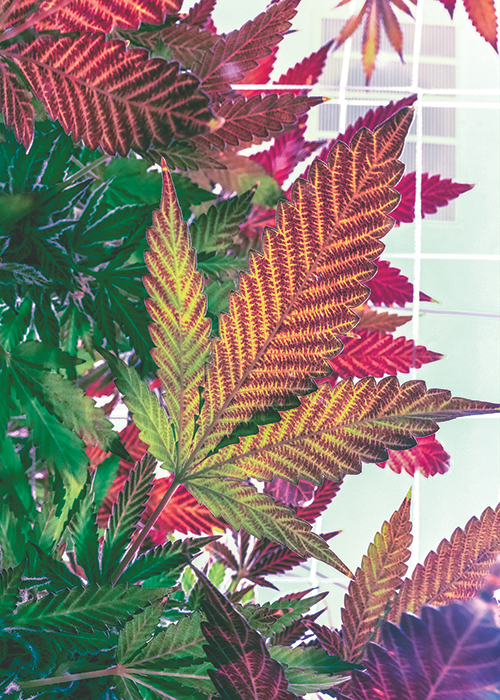
The canopy in 3C’s growroom bursts with color.
The Club 33 is the essential representation of what people think of when they think of exceptional Southern California OG Kush. It oozes all of the flavors, aromas and impact that made the strain famous in the first place. It would be expanded upon further generations like the Enoch and Illuminati OG.
In 2014, after working together previously, Broussard and Schwartz teamed up bringing 3C under the Coast to Coast Collective flag, with the help of another co-founder Chris Malcolm, who also serves as Coast to Coast Collective’s CEO these days. As Broussard puts it, the team used Cali’s Finest Compassion Co-op’s permit to put 3C on the books. 3C and its partners now has two pre-ICO LA dispensaries with full cultivation grandfathered in. “Pre-ICO” is a special designation meaning those locations were open before the LA Interim Control Ordinance (ICO) established a temporary moratorium on opening new dispensaries in September 2007.
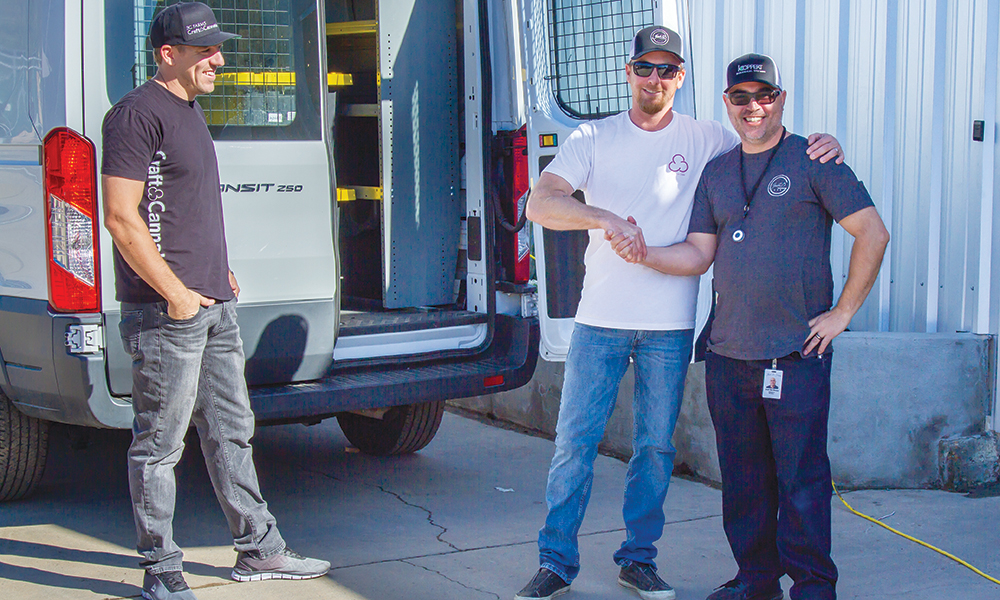
The 3C team collaborates with legendary cultivator Josh D (right).
In this new wave of licensing, 3C has found itself able to put the product on the shelves in various new locations, but the last couple years haven’t been without their hiccups in terms of dealing with California’s regulatory hurdles.
“That’s been a challenge,” said Broussard. “I can’t say any one of us did it ourselves. The best part about that was having a great team behind 3C from our investors to our board of directors. It’s been a fun road, definitely challenging.”
One of the biggest problems has been the constantly evolving regulatory framework of Los Angeles. Broussard says it’s hard to make smart business decisions when things like packaging or testing might change in any given month as far as one knows.
Despite all the regulatory upheaval, 3C is now available in a spread of LA dispensaries. One of the big reasons behind their reach is their wide distribution of genetics bred in-house.
“We do all of our own crossbreeding, obviously,” said Broussard, again pointing to the lineage of their stock. “From there, we share genetics. I did a trade with my boy Kevin over at Moxie for their AC/DC for our Casey Jones. Our new strain A3/DC has been very popular.”
3C’s take on AC/DC comes in at a 20 to 1 CBD to THC ratio. They’ve also released AC/OG in 2018, which is a 2 to 1 ratio made from Illuminati OG crossed with AC/DC. With the current rise in CBD enthusiasm, the fact that breeders like 3C are expanding that area of the cannabis genome is essential.
Another popular 3C strain is Chardonnay. It pairs 3C’s Kraken line with Berry Noir. Broussard says the Berry Noir has a very Blackberry Kush feel to it. The Kraken lineage included Harlequin and 3C’s Conspiracy Kush.
“It’s kind of a trip for me, as to where I thought that strain came from,” Broussard said. “We ran a Phylos Bioscience test and a lot of the markings on that one would come back as a Blue Dream. So [Chardonnay has] been a really fun sativa-dominant hybrid for us, when that’s really not what we were originally going for.”
Broussard believes the success in the breeding program has come down to 3Cs’ efforts to maximize “the entourage effect,” the name for how all the plant’s cannabinoids and terpenes interact with each other to produce a complex effect on the body.
“We’ve always tried to keep the entourage effect with our strains so you’ll see higher levels of CBN and higher levels of CBD in our strains — really it’s more than just a THC thing,” he said. “Even before the testing was out there, people just love the feeling they got from smoking 3C.”
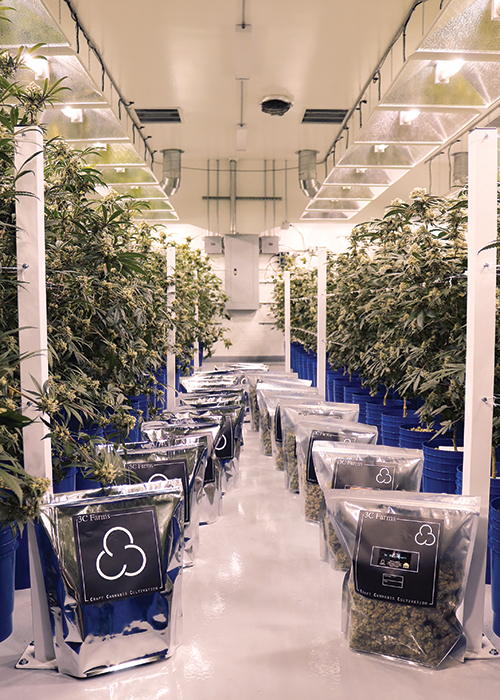
3C has been growing in Southern California for about 20 years, and has successfully transitioned into the regulated market.
We asked Broussard if the last four
years of preparation made it easier for 3C to fight off the bigger corporate
players attempting to grab a chunk of California’s legal cannabis market.
“Definitely in brand recognition, and of course, quality,”
said Broussard. “3C Farms stands for craft cannabis cultivation. We coined that
a long time ago to remind us what we do.”
Broussard said people just need to realize there was always
going to be a place for those larger competitors, resource-wise, as the market expanded.
Broussard describes it as the same thing we see in the beer industry, with small
craft brewers surviving at the same time as larger corporations like
Anheuser-Busch.
“We’ve always gone after the craft market,” Broussard said. “It’s always indoor, hand-trimmed, hand-cured, everything we do we haven’t used any other machinery. “
Originally published in the print edition of Cannabis Now.



